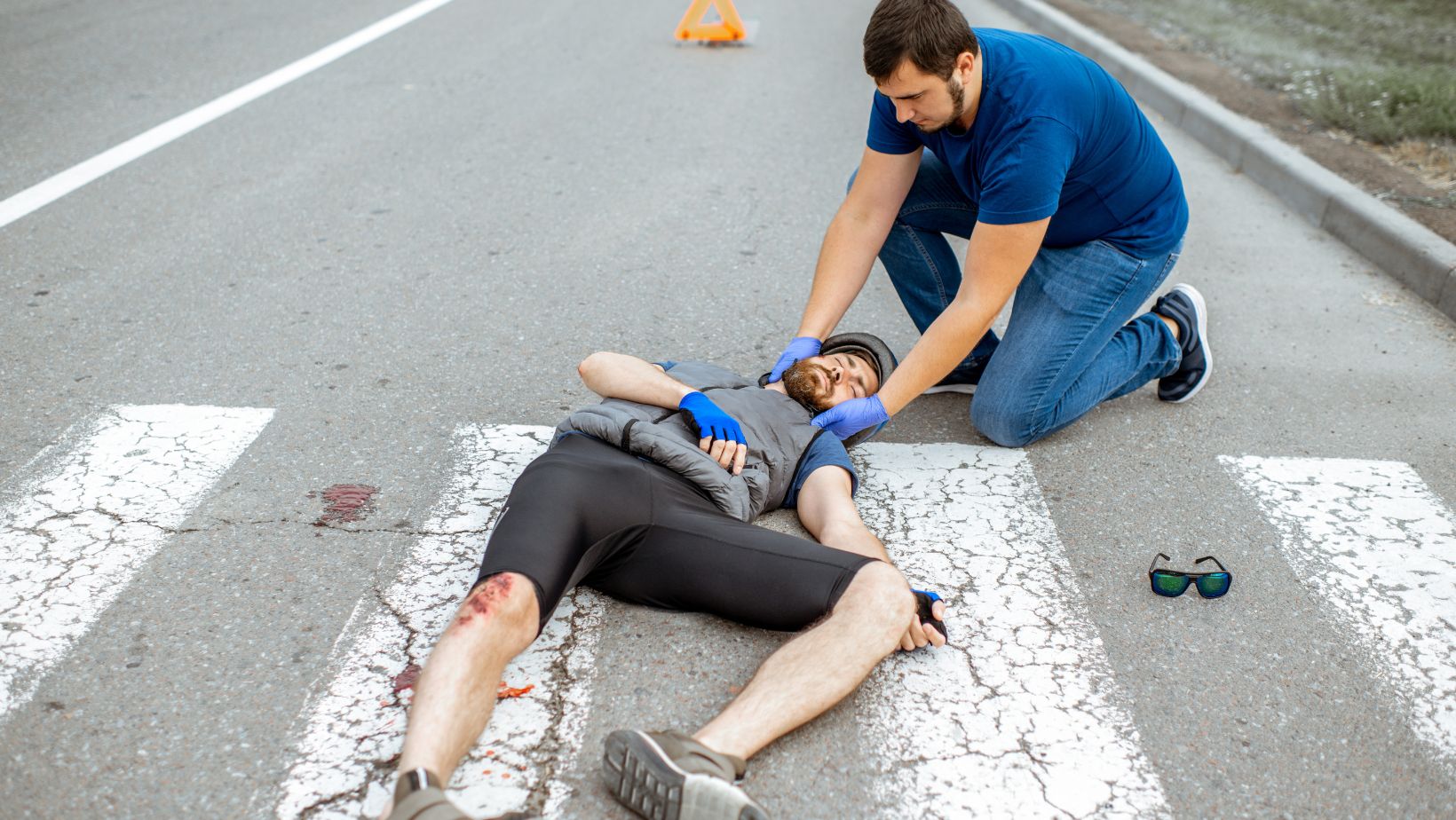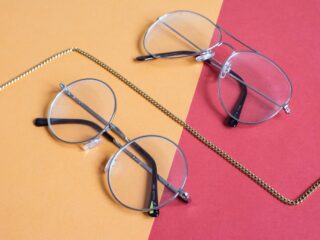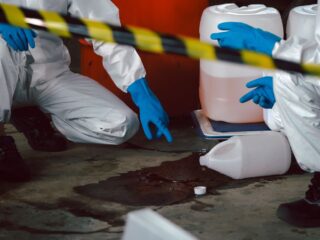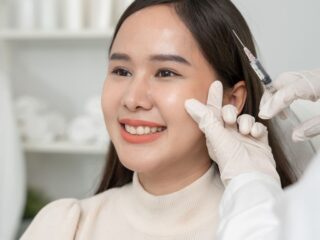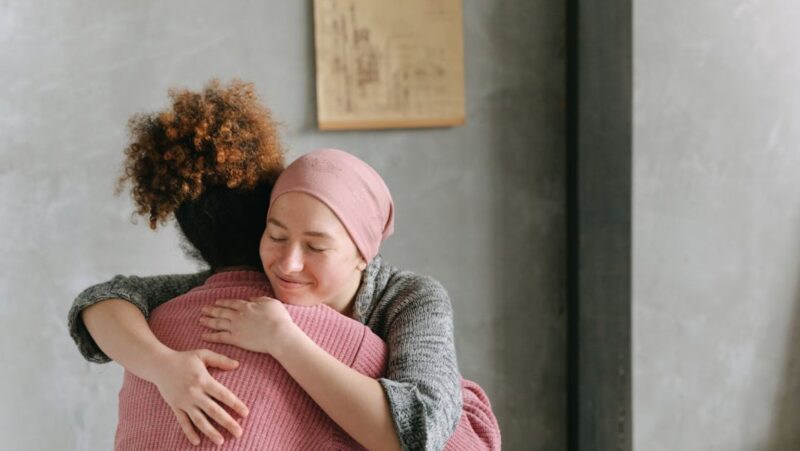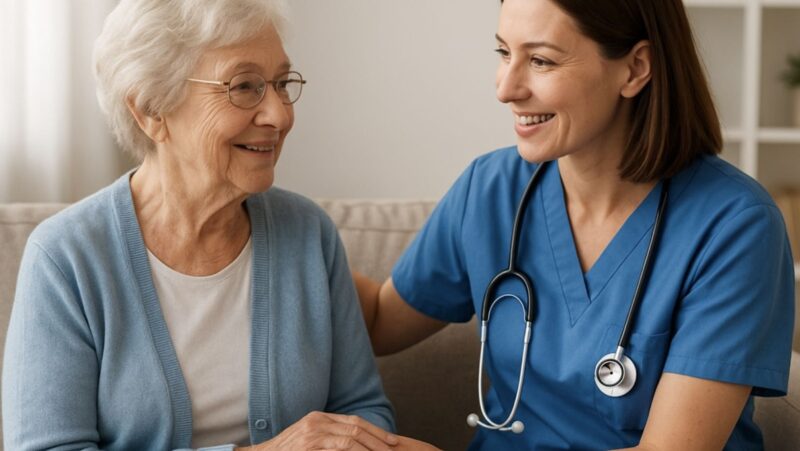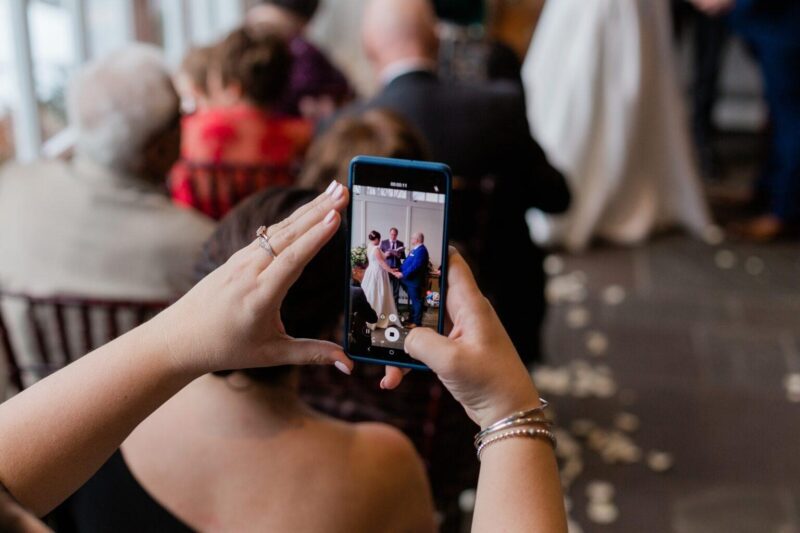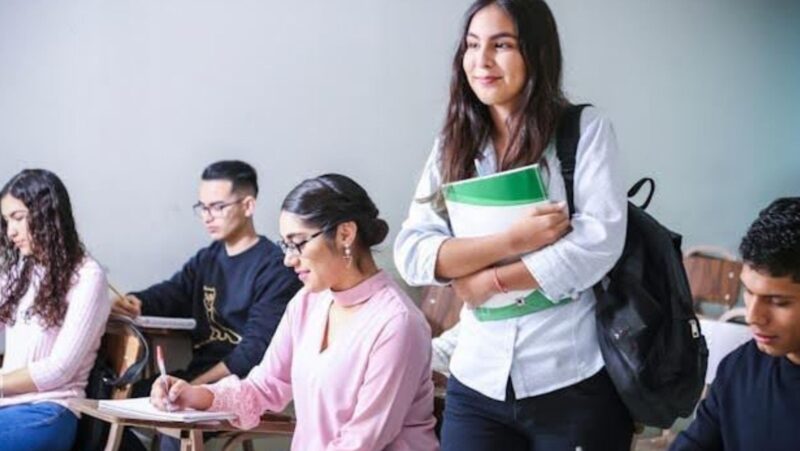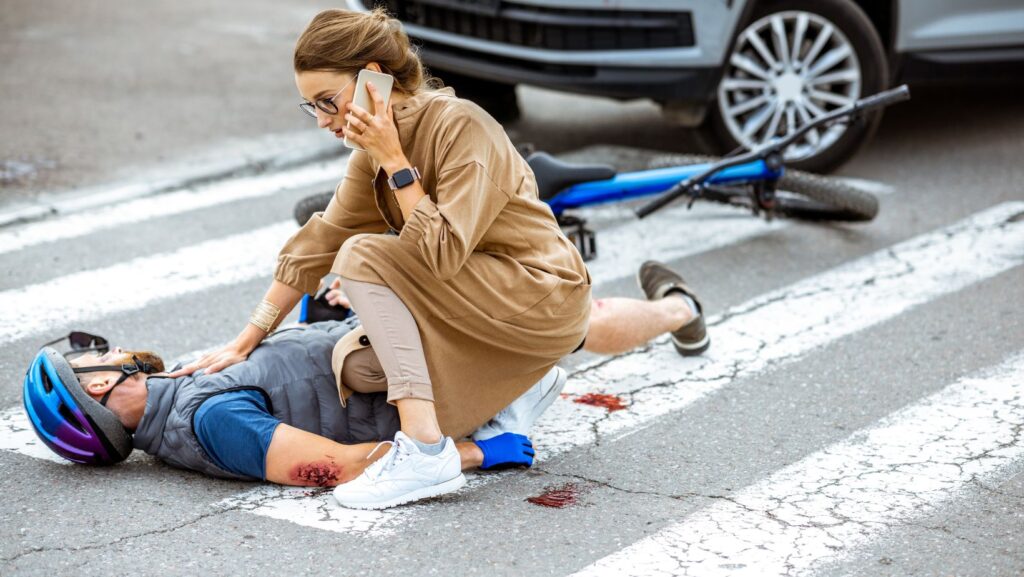
Pedestrian collisions are often catastrophic, leading to severe injuries that can alter lives in an instant. Among the most serious outcomes of these accidents are ruptured organs, which can result in life-threatening complications and long-term health issues. The impact of a vehicle hitting a pedestrian can cause significant internal trauma, making ruptured organs one of the gravest concerns for victims of such accidents.
In Austin, pedestrian accidents are increasingly common as the city grows and traffic becomes more congested. Understanding these injuries’ risks and realities is crucial for prevention and response. This article explores the impact of ruptured organs from pedestrian collisions and provides insights into how victims can seek compensation through Austin pedestrian accident claims.
How Pedestrian Collisions Cause Organ Ruptures
Pedestrian collisions can result in severe internal injuries due to the sheer force of impact. When a vehicle strikes a pedestrian, the body absorbs the energy of the collision, often leading to blunt-force trauma. This force can cause organs to tear or rupture, especially if the impact is concentrated on the abdomen or chest. The most commonly affected organs include the liver, spleen, kidneys, and lungs.
Ruptured organs are a medical emergency because they can lead to internal bleeding and shock. The severity of these injuries often requires immediate surgical intervention to repair the damage and stop the bleeding. Understanding the mechanics of these injuries helps recognize their seriousness and the need for prompt medical attention following a pedestrian accident.
Symptoms and Immediate Response to Organ Ruptures
Recognizing the symptoms of a ruptured organ is vital for timely medical intervention. Common signs include severe abdominal pain, swelling, tenderness, and visible bruising. Victims may also experience dizziness, shortness of breath, and signs of shock, such as pale skin and a rapid pulse. In some cases, there may be a loss of consciousness due to significant blood loss.
If a pedestrian collision is suspected of causing internal injuries, seeking emergency medical care is crucial. Rapid assessment and diagnosis through imaging tests, such as CT scans, can confirm the extent of the injuries. Quick surgical response is often necessary to repair the ruptured organ and manage internal bleeding, making timely medical attention a critical factor in survival and recovery.
Long-Term Health Implications of Ruptured Organs
Surviving a pedestrian collision that results in ruptured organs is just the beginning of a long recovery journey. The long-term health implications can profoundly impact the victim’s quality of life. Recovery often involves extended hospital stays, multiple surgeries, and prolonged rehabilitation. Even after initial recovery, ongoing medical care and monitoring are usually required to manage complications and ensure proper healing.
In addition to physical health issues, victims may experience psychological effects such as anxiety, depression, and post-traumatic stress disorder (PTSD). The trauma of the accident and the subsequent medical ordeal can have lasting emotional impacts. Comprehensive care that addresses both physical and mental health is essential for helping victims rebuild their lives after such a traumatic event.
Legal Considerations and Compensation for Victims
Dealing with the fallout of a pedestrian collision with ruptured organs can be overwhelming, especially when dealing with medical expenses and loss of income. Victims can seek compensation for their injuries through pedestrian accident claims. These claims cover medical bills, rehabilitation costs, lost wages, and pain and suffering.
Consulting with an experienced personal injury lawyer can provide crucial support. Legal professionals can help gather evidence, document the impact of the injuries, and negotiate with insurance companies to ensure fair compensation. Understanding the legal rights and options available to victims is key to securing the resources needed for recovery.
Key Steps to Prevent Pedestrian Collisions
Preventing pedestrian collisions requires the combined efforts of drivers, pedestrians, and urban planners.
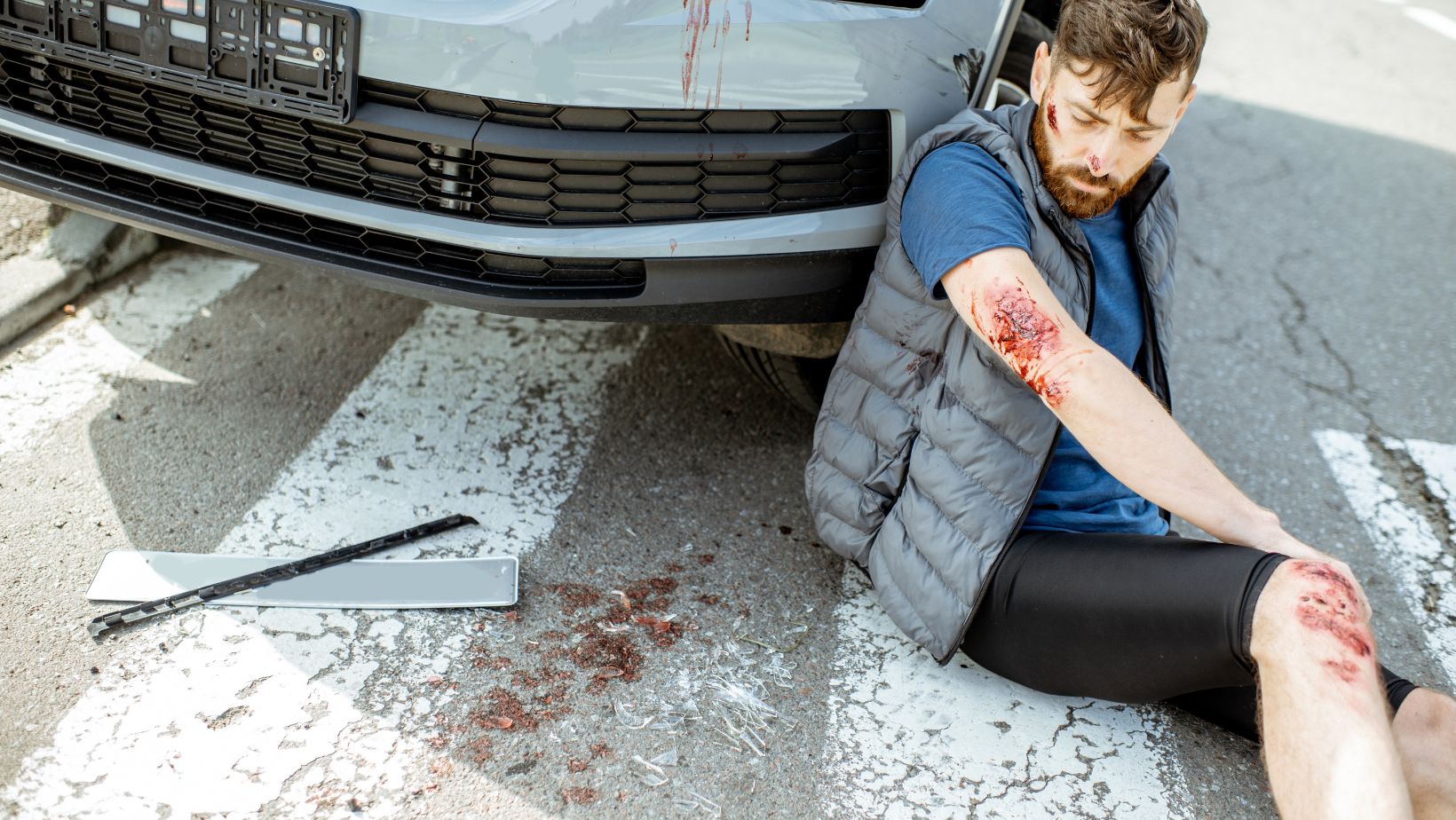
Here are essential steps that can help reduce the risk of accidents and enhance safety for everyone on the road:
For Drivers:
- Adhere to Speed Limits: Drive within the posted speed limits, especially in areas with high pedestrian traffic. Lower speeds give drivers more time to react to unexpected movements by pedestrians.
- Stay Vigilant at Crosswalks and Intersections: Always watch for pedestrians at crosswalks and intersections. Slow down and be prepared to stop if pedestrians are present or approaching.
- Avoid Distractions: Keep your attention on the road and avoid using mobile phones or other distractions while driving. Staying focused helps you respond more quickly to potential hazards.
- Never Drive Under the Influence: Avoid driving under the influence of alcohol or drugs. Impairment significantly reduces reaction times and judgment, increasing the risk of accidents.
For Pedestrians:
- Use Designated Crosswalks: Cross streets at marked crosswalks or intersections where drivers expect pedestrians. This reduces the risk of unexpected crossings and collisions.
- Be Visible: Wear bright or reflective clothing, especially at night or in low-light conditions. Use a flashlight or your phone’s light to increase visibility when crossing streets.
- Stay Alert: Remain aware of your surroundings and avoid distractions like using your phone while walking. Pay attention to traffic signals and the behavior of nearby vehicles.
- Avoid Sudden Movements: Avoid darting into traffic or making sudden movements that drivers may not anticipate. Ensure it’s safe before crossing, and make eye contact with drivers if possible.
For Community and Infrastructure:
- Improve Lighting: Enhance street lighting in high-traffic areas to improve visibility for both drivers and pedestrians. Well-lit streets reduce the likelihood of accidents at night.
- Promote Public Awareness: Support campaigns that educate drivers and pedestrians about safety practices and the importance of vigilance. Awareness programs can reinforce safe behaviors and reduce accidents.
- Enhance Pedestrian Infrastructure: Invest in safer pedestrian paths, sidewalks, and crossings. Implement traffic calming measures, such as speed bumps and pedestrian islands, to create a safer environment for walking.
The Importance of Prompt Medical Evaluation
After any pedestrian collision, even if injuries seem minor, it’s important to seek a thorough medical evaluation. Some internal injuries, like ruptured organs, may not be immediately apparent but can become life-threatening if left untreated. Early detection through comprehensive medical assessments can significantly improve outcomes and reduce the risk of complications.
Emergency responders and healthcare providers are trained to assess and manage trauma from accidents, making their evaluation critical in the immediate aftermath of a collision. Following medical advice and adhering to prescribed treatment plans is crucial for a full and effective recovery.
Prioritizing Safety and Support for Victims
The seriousness of injuries from pedestrian accidents, especially internal organ damage, highlights the importance of increasing safety measures and awareness. Protecting pedestrians requires alertness from all road users, urban planners, and strong support systems for accident victims. Providing prompt medical care and legal guidance can assist those impacted in navigating the difficult aftermath of such incidents.
Knowing their rights and accessing the necessary resources for recovery is crucial for victims. In creating safer streets and offering comprehensive support to those injured, Austin can reduce the negative impact of pedestrian accidents and promote a safer, more supportive community.

